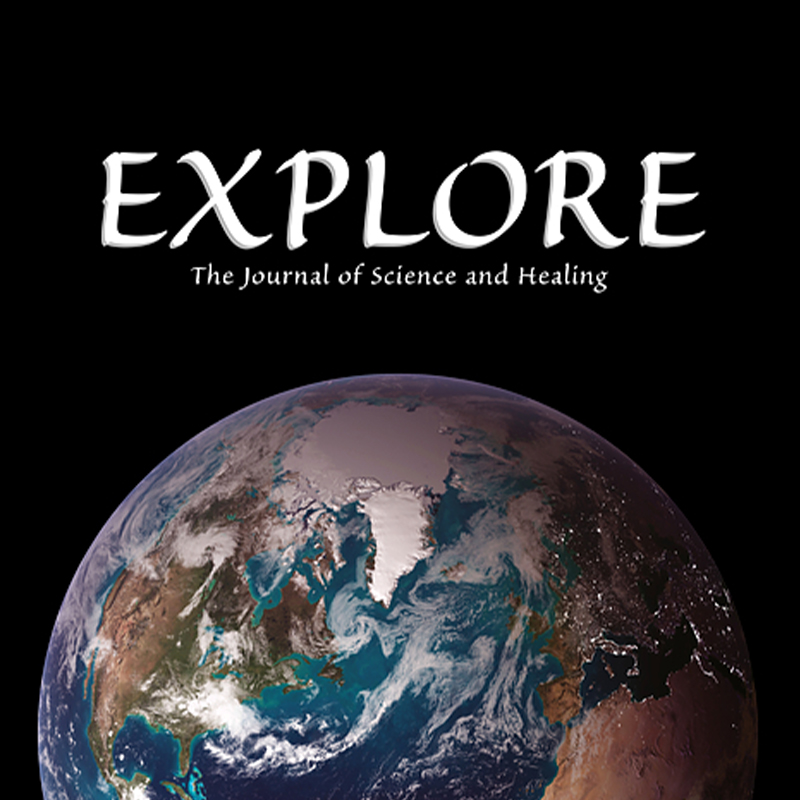An Exploratory Study
Radin, D., Yount, G., Delorme, A., Carpenter, L. & Wahbeh, H. (2021) Spectroscopic analysis of water treated by and in proximity to energy medicine practitioners: An exploratory study. EXPLORE, 17(1), 27-31. https://doi.org/10.1016/j.explore.2020.10.005.
Abstract
Previously reported experiments suggest that healing intention focused toward water, or merely taking place in the vicinity of water, affects the hydrogen-oxygen (Hsingle bondO) covalent bonds. This claim was explored in the context of a clinical energy medicine pilot study involving 17 practitioners and 190 participants. In a “direct” test, samples of water were directly treated by the practitioners; in an “indirect” test, aliquots attached to lanyards were worn by practitioners and participants as they were engaged in healing sessions. Samples of laboratory-grade distilled water and Fiji brand water were used in the tests, and the water was analyzed using an Attenuated Total Reflection (ATR) Fourier Transform Infrared (FTIR) spectrometer equipped with a liquid nitrogen-cooled detector. The comparison of interest was the ensemble average spectrum recorded during pre- vs. post-intentional healing periods in the primary infrared absorption portion of the water spectrum.
The analyses indicated that distilled water directly treated by the practitioners resulted in a change in the Hsingle bondO bond at the wavenumber 3200 cm−1 (p < 0.03, two-tailed). No effect was observed with the Fiji water. The distilled water in aliquots worn by practitioners also resulted in a significant change at the same wavenumber (p = 0.0004, two-tailed). No effects were observed in Fiji water aliquots worn by practitioners or participants, or in distilled water worn by participants.
This study contributes to previously reported observations suggesting that the structure of water reacts in an anomalous way to healing intentions. Such effects appear to involve some form of energetic influence, but that is not yet well established. Nor is it certain that the observed effect can only be due to intention; it is conceivable, for example, that an unidentified environmental factor may have been responsible for the observed comparisons. However, given similar results observed in several experiments so far, including the present study, further research seems warranted.
CLICK HERE TO SEE THIS PAPER’S IMPACT!
